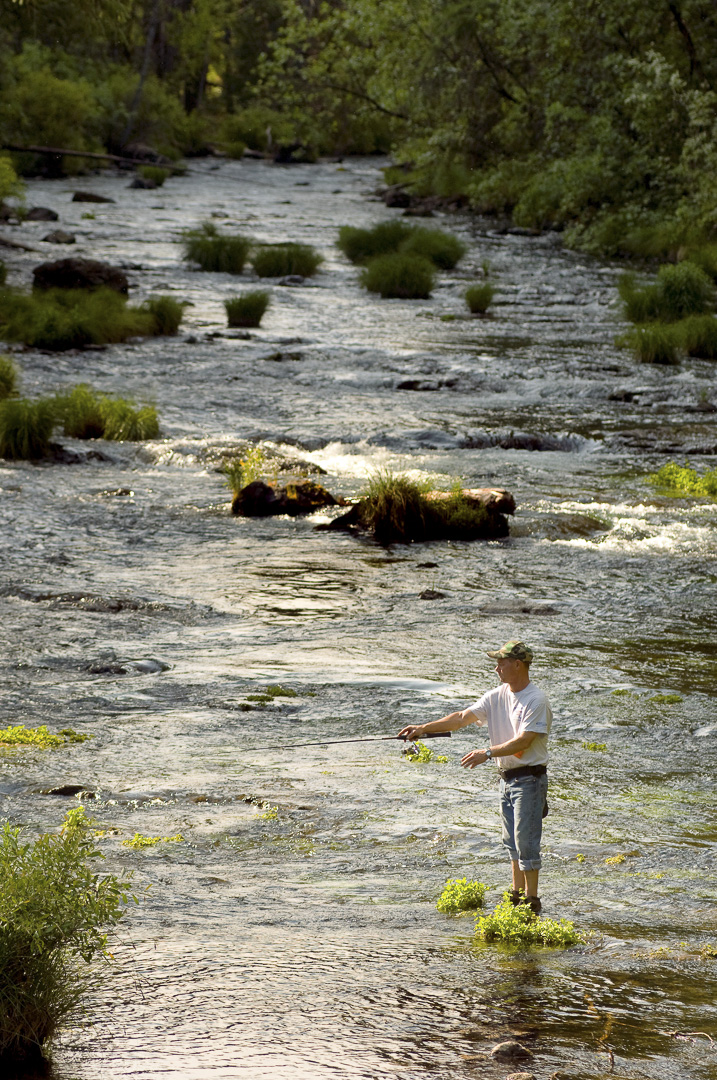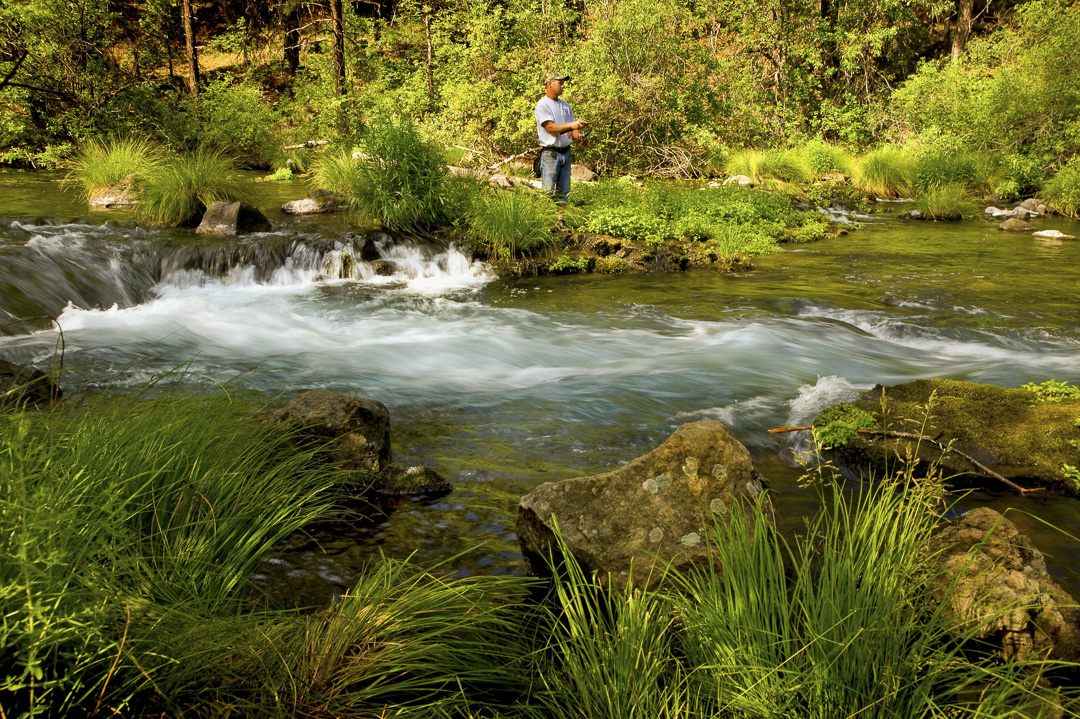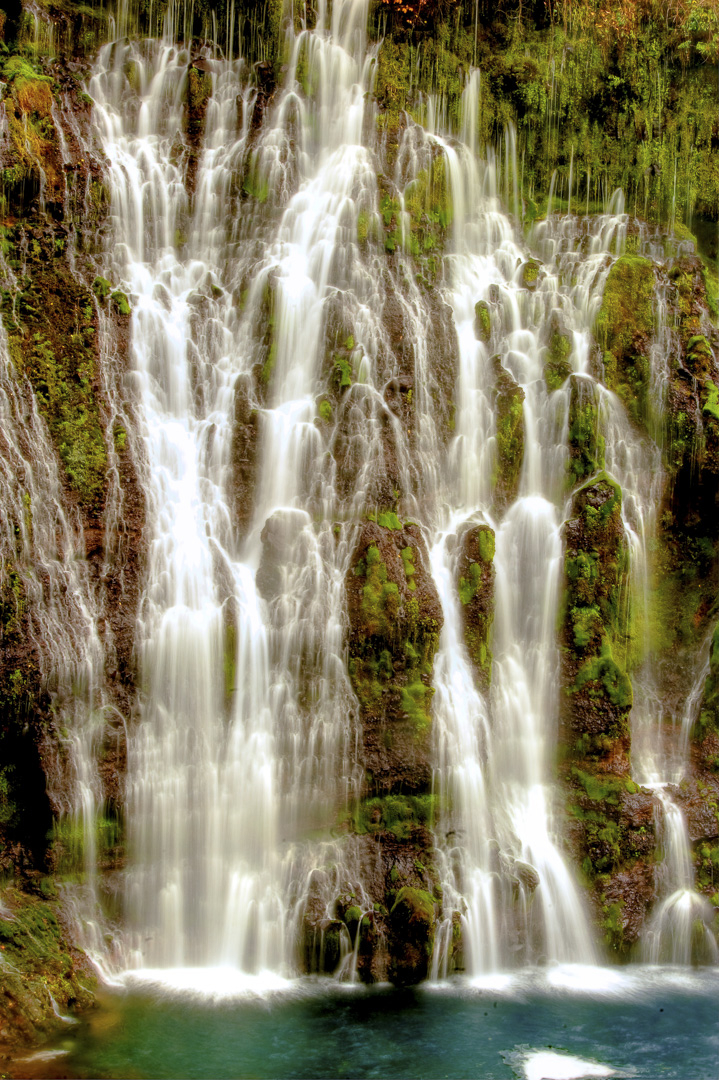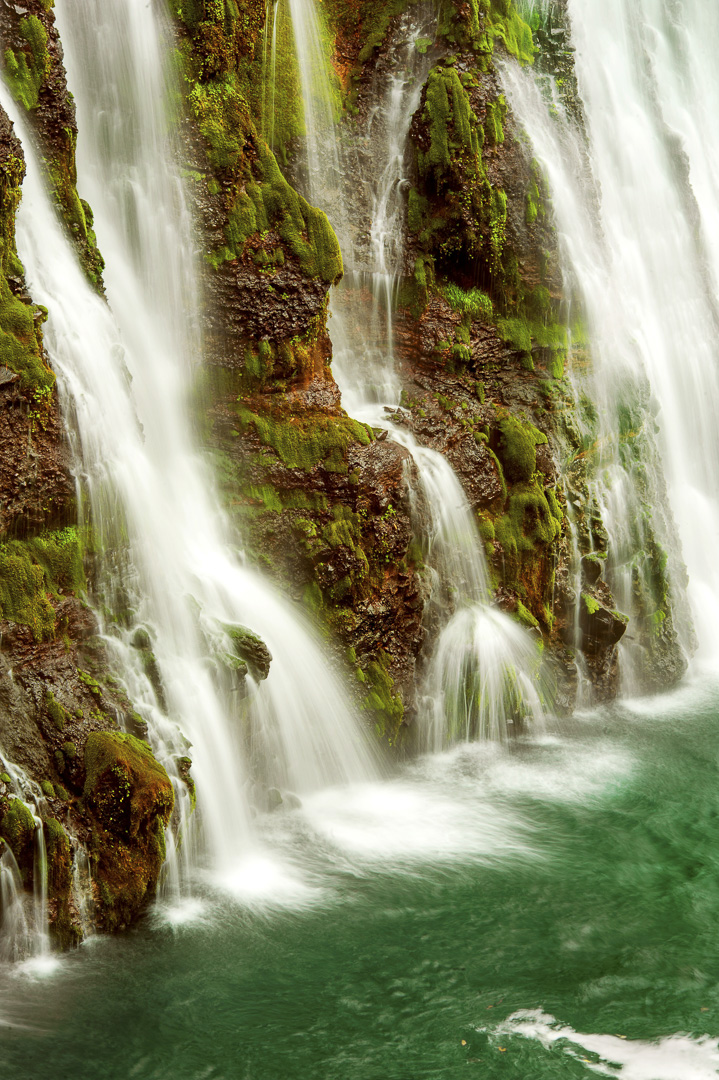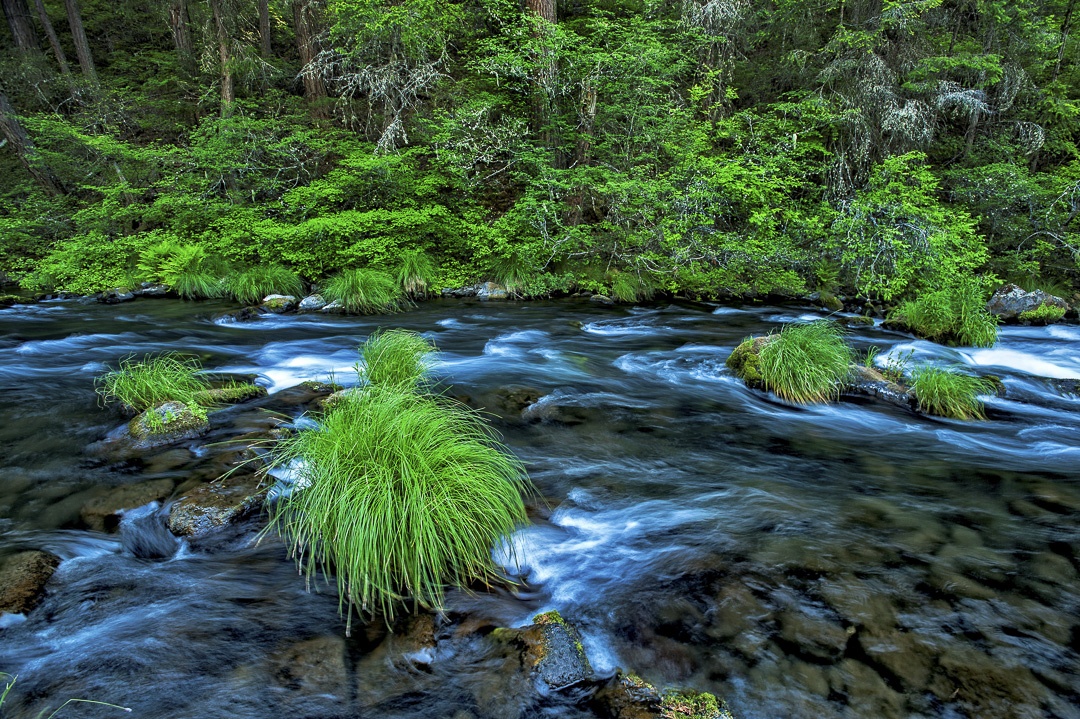New Reservation Draw Lottery for High-Demand Campsites!
Select campsites at McArthur-Burney Falls Memorial State Park are now part of California State Park’s monthly Reservation Draw program! As a lottery-style system, this program offers all visitors an equal chance to apply for reservations every month.
How to enter an active reservation draw:
Go to the “Camping & Lodging” page on ReserveCalifornia and follow instructions on the “Enter a Lottery Drawing Today!” section. You can also apply by phone at (800) 444-PARK (7275), or for international callers, (833) 448-7278.
For more information, please visit the Reservation Drawing FAQ page.
McArthur Burney Hospitality, LLC currently operates the dock, cabin rentals, and the Burney Falls General Store™.
McArthur Burney Falls State Park experiences extremely high visitation beginning in April and continuing through October. Most weekends all summer the park will fill to capacity and entrance into the park is subject to closure due to limited parking availability. Visitors should expect traffic delays on State Highway 89 for up to an hour prior to entering the park due to the increased visitation experienced at this park. It is illegal to park along Highway 89 outside of the park for a mile either direction. If you park along Highway 89 your vehicle will be subject to citation and tow. The speed limit is 55 mph along Highway 89 and utilized by a large volume of semitrucks, it is not recommended to walk along the highway. If you arrive to find the entrance closed due to full capacity, please return at a later time - typically after 4:00 p.m.


Due to limited parking capacity, McArthur-Burney Falls Memorial State Park cannot accommodate entry, drop-offs or parking of tour busses until further notice.
- Park Day-Use Fee - $10 Per Vehicle
- Overnight Camping - $35 Per Night (Includes One Vehicle).
- Additional Overnight Camping Vehicles - $10 Per night.
The Burney Creek Trail from the intersection of the Falls Loop Trail at Rainbow Bridge north to the intersection of the Rim Trail is closed due to significant erosion from storm damage. To access the Lake Britton picnic area by trail, please use the Rim Trail.
The PSEA Trail from the intersection of the Falls Loop Trail at Rainbow Bridge north to the PSEA Camp is closed due to significant erosion from storm damage.
Please mind the trail closed signs. The warnings are for your safety and to prevent further trail damage. We apologize for the inconvenience.
- We recommend you leave all pets at home as they are not allowed on the trails surrounding the falls (CCR 4312(f)), on the beach at Lake Briton (CCR4312(f)), or allowed to be left unattended in your vehicle (CVC 497.7(a)).
The park is within the Cascade Range and Modoc Plateau natural region, with forest and five miles of streamside and lake shoreline, including a portion of Lake Britton.
The park's centerpiece is the 129-foot Burney Falls, which is not the highest or largest waterfall in the state, but possibly the most beautiful. Additional water comes from springs, joining to create a mist-filled basin. Burney Creek originates from the park's underground springs and flows to Lake Britton, getting larger along the way to the majestic falls.
The park's landscape was created by volcanic activity as well as erosion from weather and streams. This volcanic region is surrounded by mountain peaks and is covered by black volcanic rock, or basalt. Created over a million years ago, the layered, porous basalt retains rainwater and snow melt, which forms a large underground reservoir.
Within the park, the water emerges as springs at and above Burney Falls, where it flows at 100 million gallons every day.
Burney Falls was named after pioneer settler Samuel Burney who lived in the area in the 1850s. The McArthurs were pioneer settlers who arrived in the late 1800s. Descendants were responsible for saving the waterfall and nearby land from development. They bought the property and gave it to the state as a gift in the 1920s.
Special Events
On the Sunday of Columbus Day weekend, the park hosts Heritage Day, featuring demonstrations and recreations of activities and crafts common to people during the late 19th century.
Hiking
There are five miles of hiking trails winding through the park's evergreen forests. The Pacific Crest Trail passes through the park.
Location-Directions
The park is northeast of Redding, six miles north of Highway 299 on Highway 89 near Burney.
Seasons/Climate/Recommended Clothing
Summer and spring are warm; fall and winter can be cool. Layered clothing is advised.

